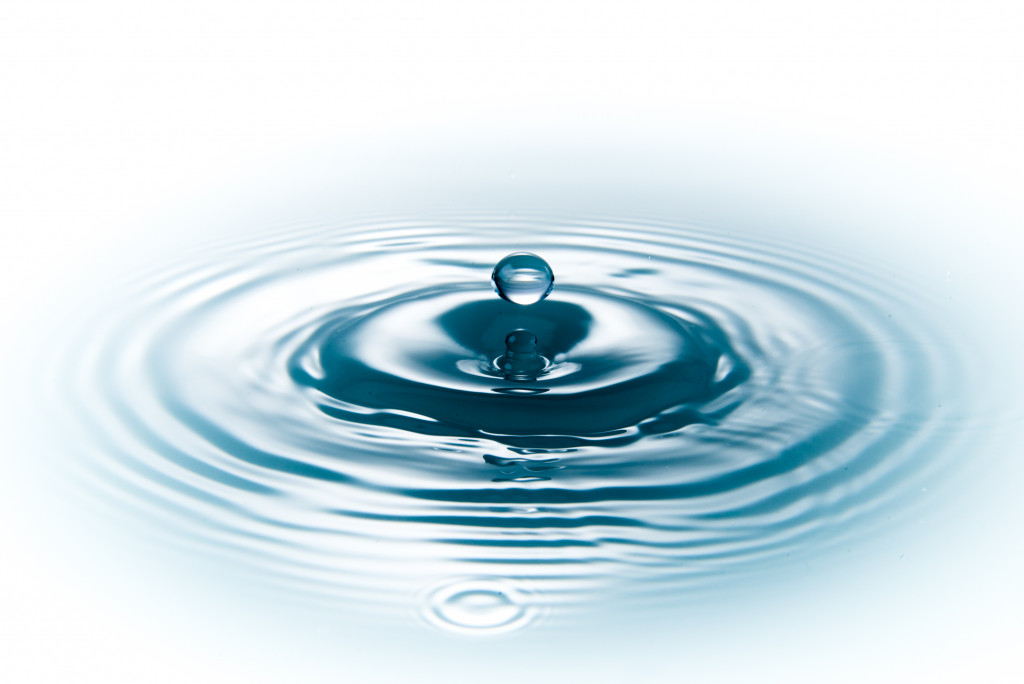- Nearly half of the water sources in the U.S. are polluted, leading to various health concerns.
- Pollution can also cause severe environmental damage, food contamination, and economic losses.
- Water scarcity is a growing global issue that needs to be addressed urgently.
- Technologies like deionization, reverse osmosis, and UV radiation treatment help purify water sources.
- Access to clean water is a fundamental human right and must be made available for all communities.
Water is a vital resource that is essential for human survival. It is used not just for drinking but also for cooking, bathing, and cleaning. However, water sources have become contaminated with increased pollution and environmental degradation, spreading diseases and illnesses.
The State of Water Sources in the U.S.
Here’s a staggering fact: about half of water sources are polluted and unsafe for drinking in the United States. Contamination from chemicals, agriculture runoff, treated sewage discharge, urban stormwater, sedimentation, and other pollutants are causing water sources to become increasingly tainted.
The Impact of Water Pollution on Human Health
Unsafe water not only impacts the environment but also affects human health. Here’s why they must remain clean and pure for consumption.
Health Concerns
Drinking contaminated water can lead to various health concerns, ranging from mild illnesses to life-threatening diseases. Waterborne diseases such as cholera, typhoid, and dysentery can cause severe dehydration, vomiting, and diarrhea. These illnesses can be prevented by having a pure water source.
Environmental Damage
Pollution caused by industries and households can have severe consequences on the environment. Water pollution can kill marine life and destroy the habitat of aquatic animals. Polluted water can also make its way into crops, leading to food contamination and various health issues.
Economic Impact
Contaminated water sources can have an adverse economic impact on communities. Industries and businesses that rely on water for their operations may have to close down or relocate, leading to job losses and loss of income. Additionally, communities that rely on agriculture and fishing will be affected, leading to food scarcity, which can lead to poverty.
Water Scarcity
The world population is growing unprecedentedly, leading to an increasing demand for water. However, water sources are depleting, and climate change has made it harder to access clean water. Water scarcity is a global issue that needs to be addressed, and ensuring the purity of water sources is crucial in addressing this issue.
Human Right

Access to clean water is a fundamental human right, and polluted water sources deny people this right. Access to pure water is not just necessary for the health and well-being of individuals but is also a fundamental requirement for creating sustainable and prosperous communities.
Various Technologies Helping Purify Water

Now that more and more water sources are being contaminated, technology plays an important role in helping to purify water. Here are some of them:
Deionization and Ion Exchange
Two technologies remove ions from water – deionization and ion exchange. In deionization, an electric current is passed through the water, which attracts negative and positive ions. These are then removed from the water. Ion exchange works similarly but involves replacing cations and anions with less harmful ones. A robust deionized water system provides communities with various benefits. First, it eliminates contaminants such as heavy metals and chemicals, making it safe for drinking. Second, it increases the life of appliances such as washing machines and dishwashers.
Reverse Osmosis
Reverse osmosis is a process in which water pressure removes contaminants from water. The process involves passing water through a semi-permeable membrane that filters out impurities, leaving pure H2O behind. Reverse osmosis reduces the concentration of pollutants in water, making it suitable for consumption.
Ultraviolet Light Treatment
This method uses ultraviolet (UV) light to disinfect contaminated water sources. UV radiation disrupts many types of microorganisms, rendering them unable to reproduce and harming human health. This makes it an effective way to purify water sources and make them suitable for drinking.
Filters
A simple but effective way to purify water is to use filters. There are various types of filters, such as carbon-based and ceramic. These filters help remove sediment, dirt, oils, chemicals, and other pollutants from water.
Membrane Bioreactor Systems
Membrane bioreactor systems are advanced technologies that use membranes to filter out microorganisms from water. This makes the water suitable for drinking and helps reduce health risks associated with polluted sources. It also reduces the amount of pollutants entering rivers, streams, lakes, and other bodies of water.
Water is essential for human survival, and having access to clean water should be all people’s fundamental right. Unfortunately, many water sources are contaminated due to various pollutants, leading to health risks and environmental damage. Fortunately, technologies such as deionization can help purify water sources and make them safe for drinking. These measures will ensure communities have access to clean and safe water resources.
